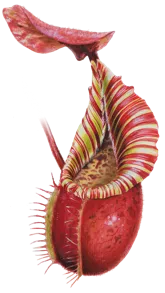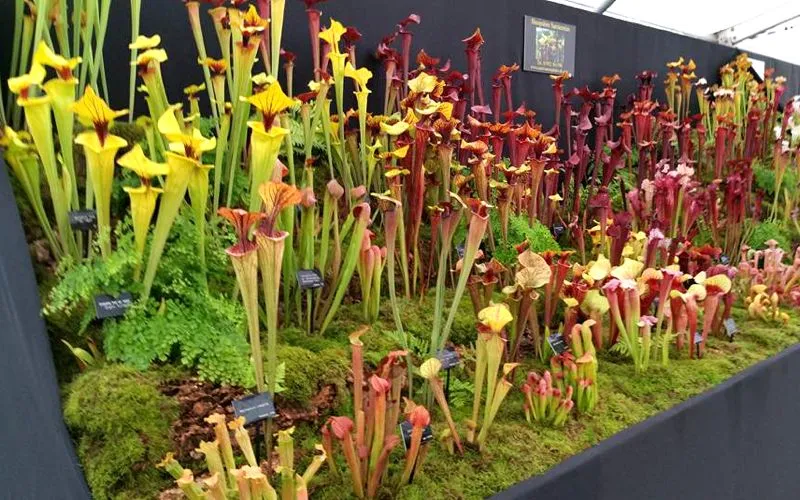I recently got the opportunity to speak with Mike King of Shropshire Sarracenias, the NCCPG National Collection holder of Sarracenia pitcher plants. Based in Telford, Shropshire in the UK, Mike runs one of the UK’s leading carnivorous plant nurseries. For more on their open days, species list, growing tips and future plans, read on.
Could you give an introduction to Shropshire Sarracenias and your nursery?
Shropshire Sarracenias’ name came out of the need for a business name on the self assessment form for tax returns! I am an avid Sarracenia collector and was captivated by the need to collect named location Sarracenia due to population demise in the wild and the call to do something about it. That was way back in 1999. I now have around 4,000 collection plants and also have a hybridisation programme. I distribute the plants all around the world of the original clones.
Your website’s growlist includes more than 1,000 different clones, including almost all species forms and cultivars. How did you amass such a collection and how long did it take?
This has been an undertaking over 26 years by sourcing divided stock from the original clones brought in by Alan Hindle and latterly, the named cultivars as part of the Plant Heritage National collection scheme. I haven’t stopped collecting!
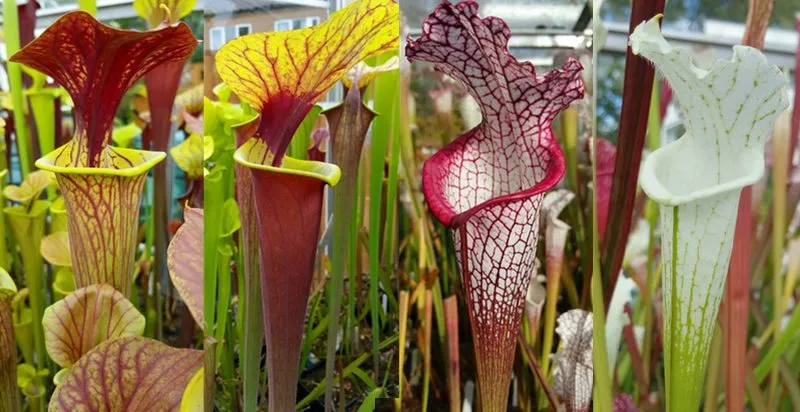
Any specimens that were particularly difficult to track down? Rarities that you’re especially proud of?
Yes, some are very hard to get hold of and some will be impossible to bring in legally as Sarracenia come under the CITES rules. I have a lot of cultivars from Japan and the USA and I am particularly proud of obtaining the ISE rose double flower forms of Sarracenia from Japan.
Do you have any open days or tours lined up?
I have 2 open days planned on Saturday 10th June 2017 (see the Facebook event “newtab”) and Saturday 14th October 2017.
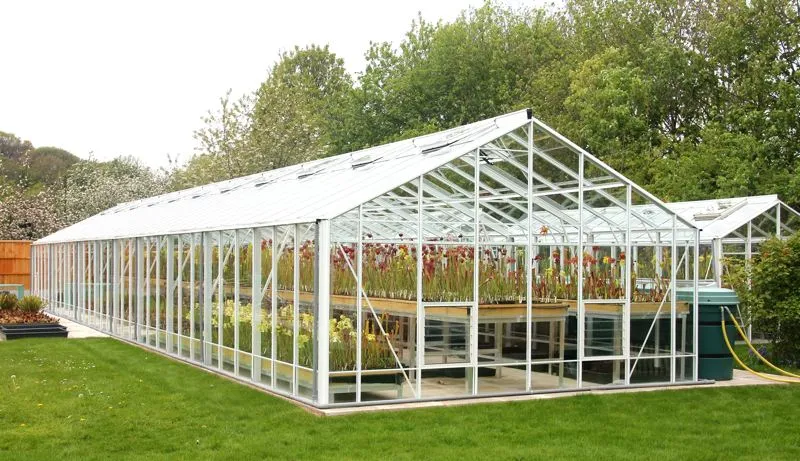
You recently moved your collection into a new and very large greenhouse, is that right? Could you tell me a little more about your setup?
I bought a 67 x 15 foot greenhouse to house the entire collection. There are 3 lines of benching with the benches being lined with pond liner for easy watering. The greenhouse itself is unheated, but it gets full sun nearly all day. The frames of the greenhouse is powder coated in white for maximum light and should contain around 5,000 plants.
On top, I have a 28 x 10 foot sales greenhouse and a 22 x 8 Venus flytrap collection house which also has my Drosera, Darlingtonia and some Sarracenia too.
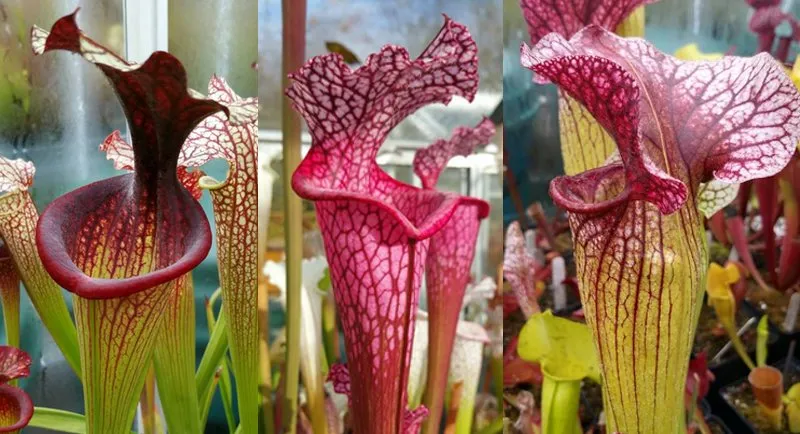
What soil do you use? Is it true you grow all your plants in a peat-free mixture?
Yes, all my most recent divided specimens are in a peat-free mix of milled pine bark (e.g. Melcourt Growbark “newtab”), Cornish grit and perlite, to a ratio of 2:1:1. The plants grow better in it and as I repot the plants which are still in the old peat mix, they too will be transferred into this mix. Some Sarracenia are growing in pure live Sphagnum like S. psittacina.
What are some of the ways hobbyists can help stop habitat destruction, poaching, and any other practices you’d consider to be major threats?
Don’t buy peat, try to support institutions who buy up land for Sarracenia conservation. Unfortunately, land use change is the single largest factor in Sarracenia habitat destruction. Poaching is a problem, but there should be enough plants out there to satisfy even the most ardent collector to get something different.
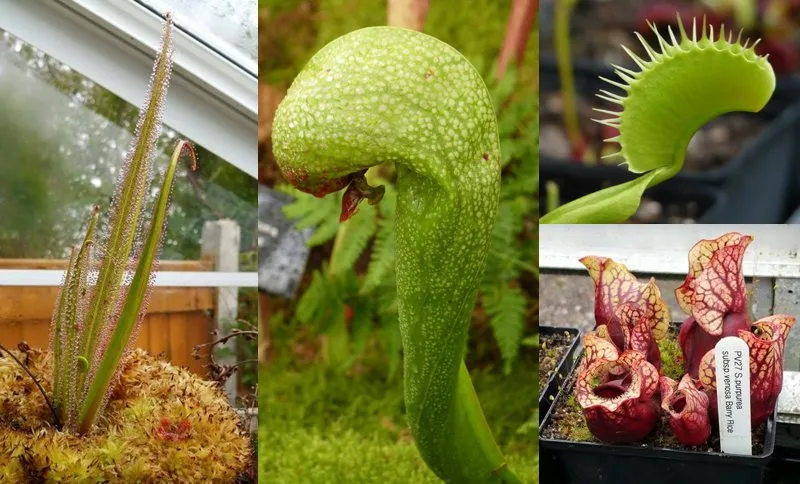
In your opinion, what are the best carnivorous plants for beginners and children?
Drosera and Sarracenia are excellent as their basic needs are full sun, standing in rain water which is the place to start!
Conversely, do you have any advice for more experienced growers?
To the experienced grower, try to grow as many named location plants as possible, as conservation ex-situ is more important than keeping hybrids. However, it is hybrids with their beauty can get people into the hobby in the first place.
Many thanks to Mike King. All photos courtesy of Shropshire Sarracenias.
